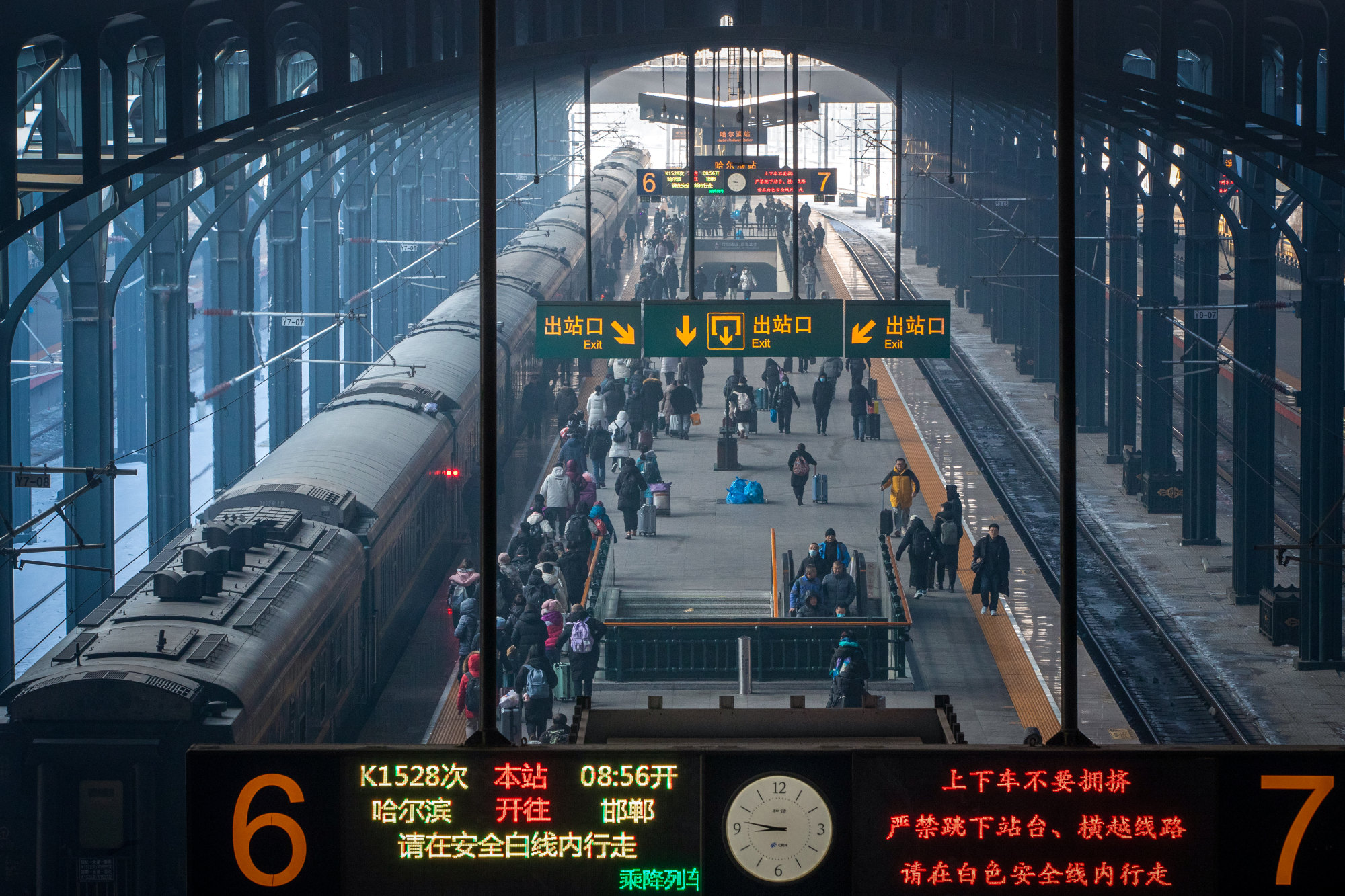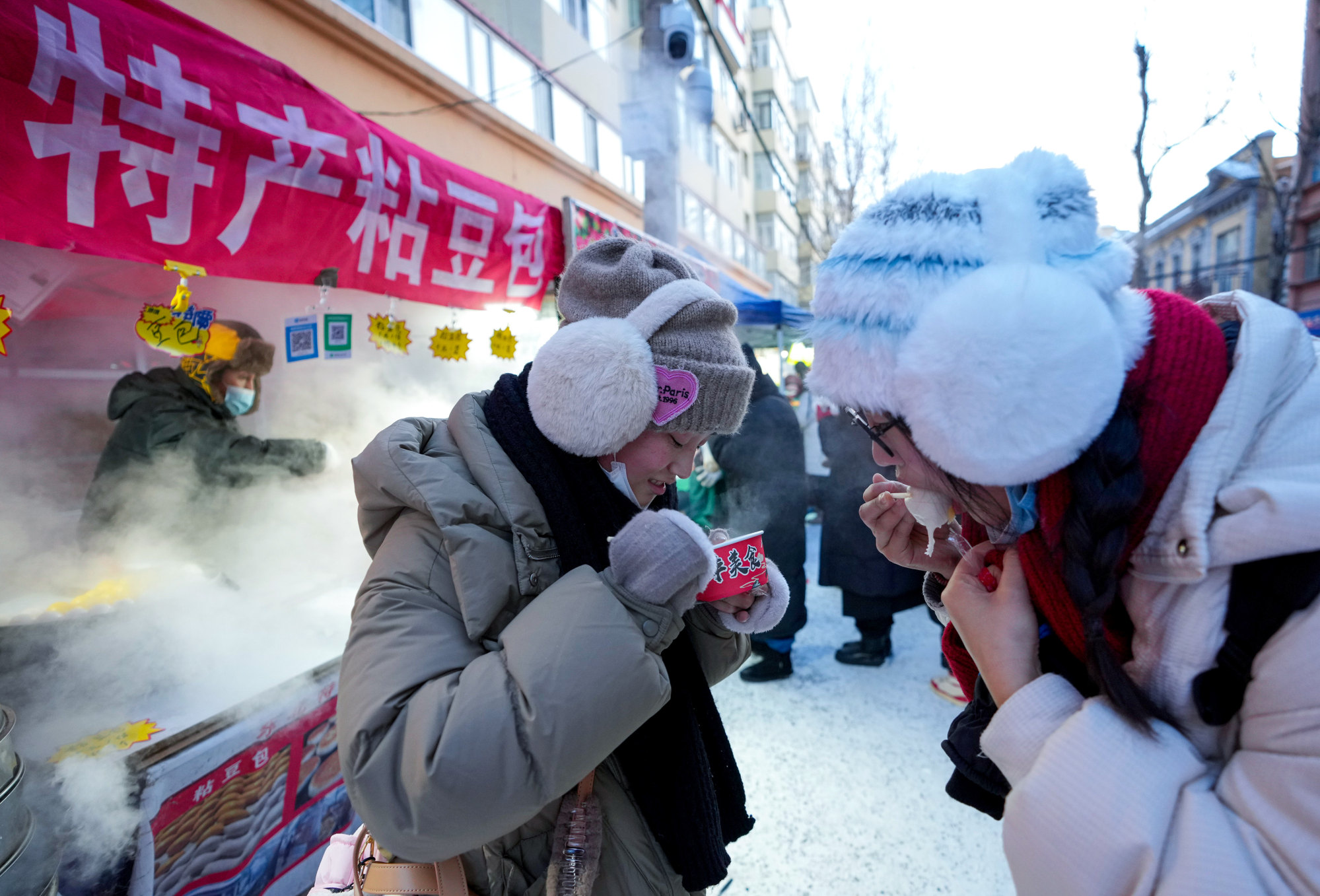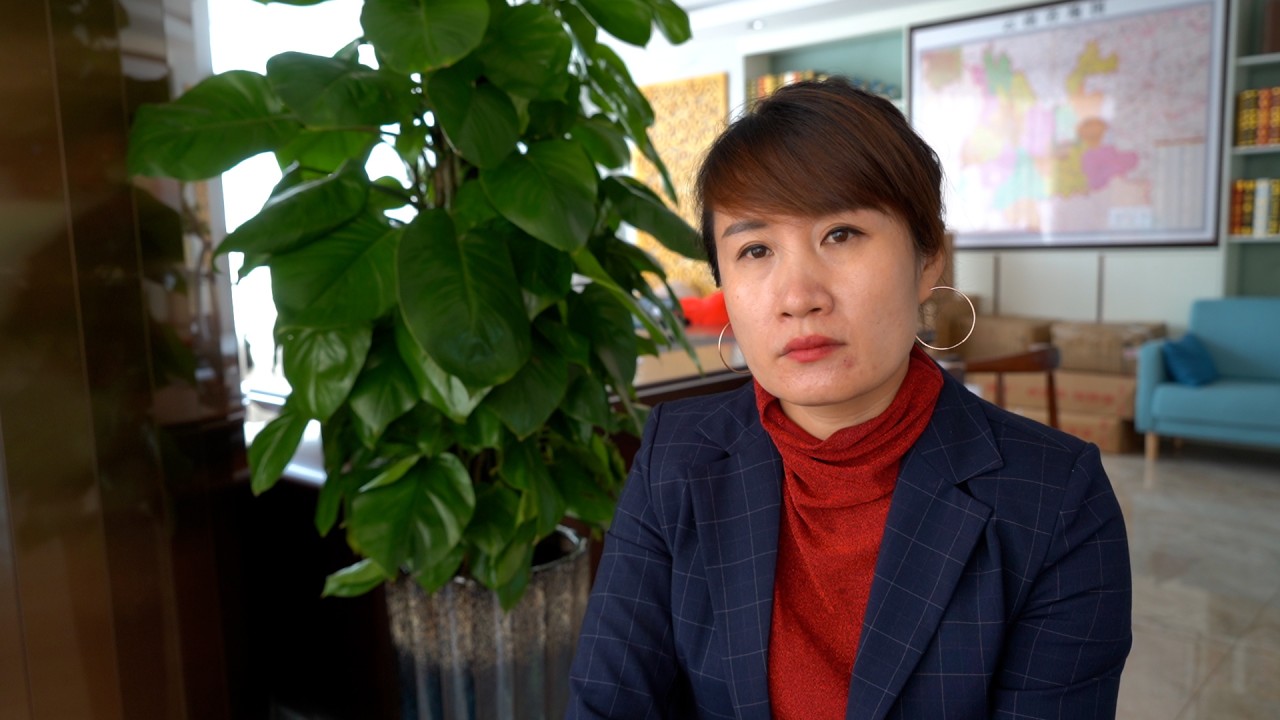Tourism booms for China’s ice sculpture city Harbin in post-Covid revival – Technologist
The 25-year-old’s sympathies were not with the disappointed visitors. “Their demand wasn’t very reasonable, but Harbin still satisfied their requests, so everyone [online] thought Harbin handled it very well and started to pay attention to Harbin,” he said.
Li and his friends spent three days in the city last month, keen to see the festival that had been trending for weeks, as well as Harbin’s other tourist attractions which have been lighting up social media platforms in China.
The seven young adults walked along the busy cobblestones of Central Street and took pictures in front of the Russian-style orthodox Saint Sophia Cathedral as they followed the top recommendations on Xiaohongshu, China’s equivalent of Instagram.
“The Russian style [of architecture] is quite refreshing to me,” said Li, who is based in Beijing but hails from southern China, like many of Harbin’s visitors.
Tourism accounted for about a third of Harbin’s GDP in 2019 before it crashed with the arrival of Covid-19. The city’s efforts to revive the industry have this year met with unprecedented enthusiasm.
The hype was further boosted with the start of chun yun, the 40-day period wrapped around the Lunar New Year holiday and China’s busiest time of year for travel.
On January 26, the first day of chun yun, more than 78,000 passengers went through Harbin’s airport, breaking previous records, according to local newspaper Harbin Daily.
As well as domestic visitors, the festival has also drawn a handful of diplomats, including US ambassador Nicholas Burns. Harbin also hosted the opening ceremony in January of the China-France Year of Culture and Tourism.

Determined to win back domestic and overseas visitors a year after pandemic restrictions were dropped, the Heilongjiang government released a “100-day mission” to guide provincial-level promotions, campaigns and reforms ahead of the season.
Harbin revamped the management of its tourist attractions and told tourism representatives to use this winter as a “practice season” to improve their services and reputation ahead of next year’s Asian Winter Games, which the city is hosting.
The Heilongjiang capital is in the middle of China’s “rust belt”, which includes Liaoning and Jilin provinces. Rich in oil, coal, and iron, the area experienced rapid industrialisation in the 1950s.
But the region, also known as “Dongbei”, or Northeast, was largely left behind by the country’s southern coastal provinces, which took off during China’s decades of economic boom after opening up in 1978. A population outflow – especially of the young and talented – followed.
Harbin’s transformation into a tourism hotspot has led to a personality flip in Dongbei, according to one tour operator. The region has had a reputation among visitors from the south – called “little southern potatoes” on the internet – for coarse accents and attitudes.
This year, alongside the city’s Russian heritage – brought by settlers who built the China Eastern Railway in the 1910s – the accommodating and welcoming hospitality of Dongbei has stood out for visitors commenting online.
Videos of “spoiled” tourists treated to free car rides by locals, as well as the city government raising a photo-friendly inflatable “moon” behind Saint Sophia Cathedral, went viral on Douyin, the Chinese version of TikTok.

“Dongbei was quite barbaric originally, but we northeastern Chinese have become much more polite … since the hype of Harbin this year,” said Hua Zi, manager of regional tour company Xiangbei Travelling.
To attract and retain travellers, services had become comparable to “nanny care”, he said. “Whatever you request, we will be able to provide.”
Hua said his business had seen a surge of inquiries this year, prompting him to operate some 30 tours to Harbin, on top of around 100 that the company organises each year during the chun yun period.
“It was more than you can imagine,” he said, adding that inquiries had jumped by more than 20 times on the previous year.
Surge in winter tourism boosts tepid economy in China’s north
Surge in winter tourism boosts tepid economy in China’s north
But for all of Harbin’s charm, the sustainability of its tourism revival – if not the region’s – is still an open question.
Northeast China has been a more convenient option for snowy holidays than outbound destinations that require a visa. But the distance and limited winter season remain challenging for the region’s tourism industry.
The diversity of Harbin – which has a unique cultural history and natural landscapes – is also yet to be fully explored.
China’s northeast is turning ice and snow into silver and gold
China’s northeast is turning ice and snow into silver and gold
Lithography engineer Tim Lin, who visited Dongbei with his family from Xiamen, on China’s southern coast, said he found Harbin too crowded and that it was mainly known for historical monuments.
While Lin, 25, visited Central Street and the cathedral, he preferred going to the mountains and lakes.
“I might not revisit Harbin again, but might consider coming back for the [snowy] natural scenery in other parts [of Dongbei],” he said, but was unsure of when he might make another journey across the country to the north.
